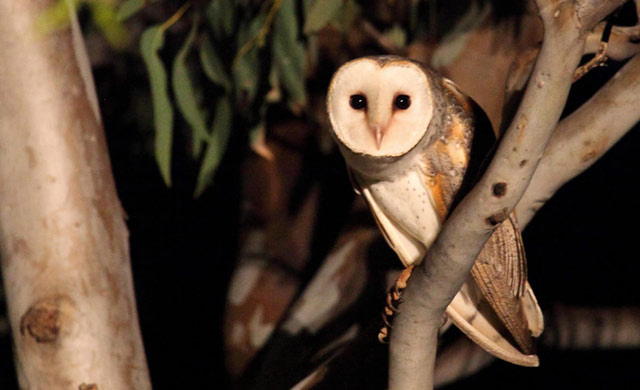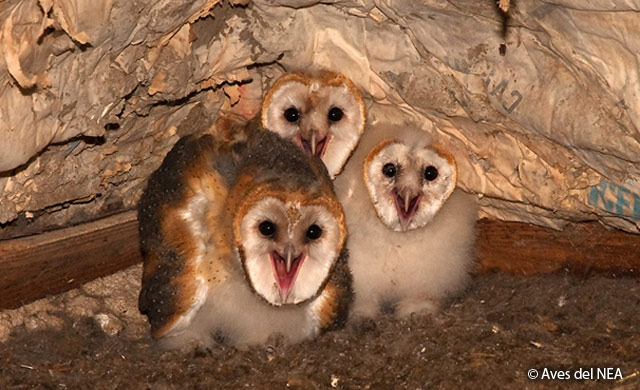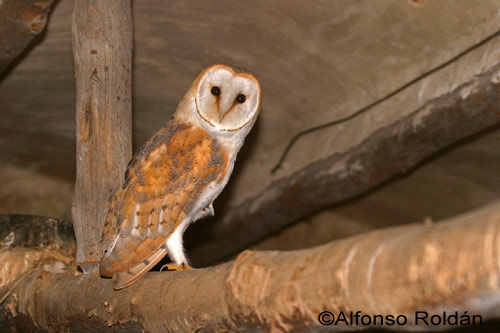Order: Strigiformes | Family: Tytonidae | IUCN Status: Least Concern

Age: Adult | Sex: Unknown | Loc. Andes of Peru

Age: Chicks | Sex: Unknown | Loc. Central Argentina

Age: Adult | Sex: Unknown | Loc. Southern Brazil

Age: Adult | Sex: Unknown | Loc. Southern Brazil
Identification & Behavior:~36 cm (14.2 in). The Barn Owl has a unique heart-shaped face. The upperparts are mottled/spotted with shades of grey, tawny, and brown. The underparts are pale in the male and tawny in the female, with black spots in both sexes. It flies over open areas searching for small mammals and large insects. It is similar to the Short-eared Owl but is distinguished by not having streaks and mottles and the heart-shaped face. The Barn Owl often roosts in church towers, abandoned buildings, and other natural cavities.
Status: The Barn Owl is rare to uncommon over its extensive range. Occurs from grassy wetlands and open field near seashores to Puna Grasslands over 4000 m. It also occurs in Co, Ec, Br, Bo, and Ch.
Name in Spanish: Lechuza de Campanarios.
Sub-species: Barn Owl (Tyto alba contempta) Scopoli, 1769.
Meaning of Name: Tyto: Gr. An owl. alba= L. albus, white.
Distribution Map
 Voice
Voice
 Voice
VoiceReferences:
-
- Species range based on: Schulenberg, T. S., D. F. Stotz, and L. Rico. 2006. Distribution maps of the birds of Peru, version 1.0. Environment, Culture & Conservation (ECCo), The Field Museum. http://fm2.fieldmuseum.org/uw_test/birdsofperu on 7/09/2014.